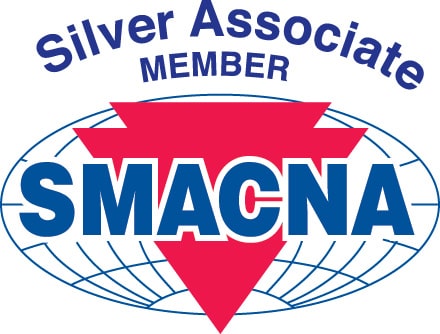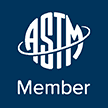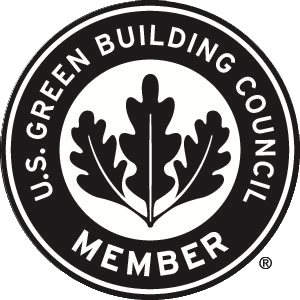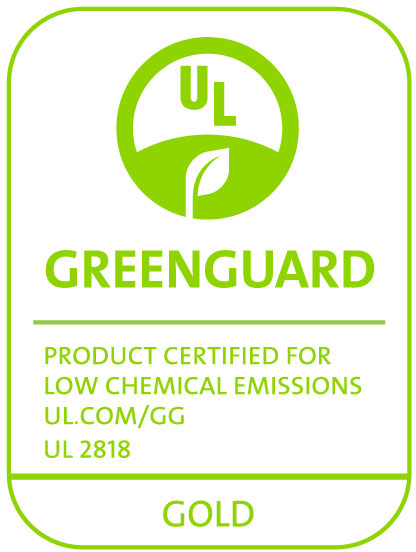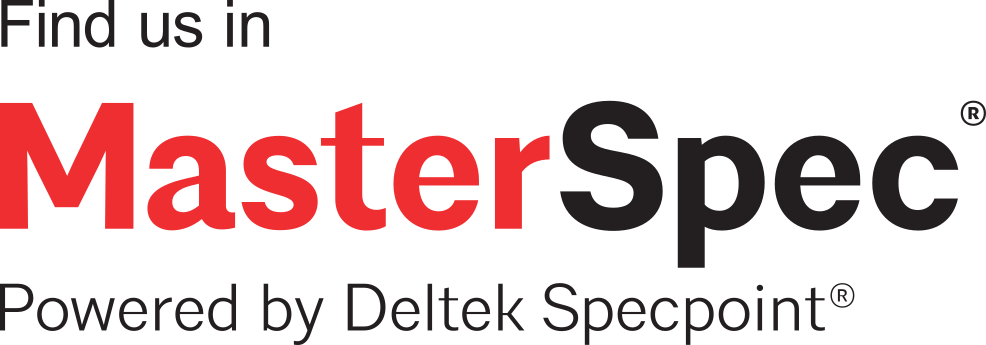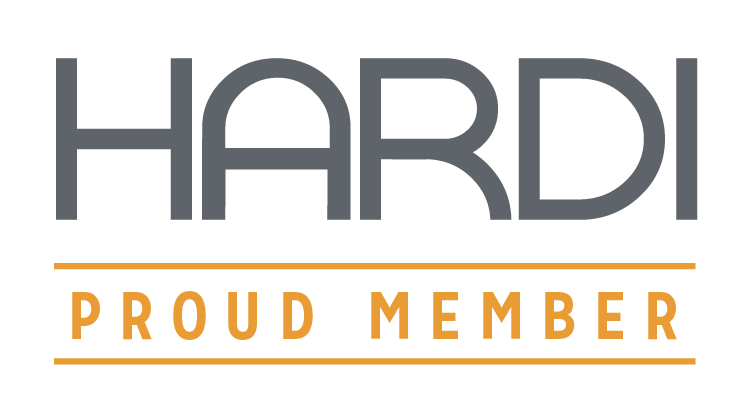AEROFLEX EPDM™ Sheet and Roll insulation is available in a variety of formulations so you can find the perfect product for your specific application, whether it be for wrapping ducts or insulating large pipes, pumps, tanks, vessels and spheres. All AEROFLEX EPDM™ Sheet and Roll insulation is distinguished by a proprietary blend of EPDM rubber, making it the most reliable and durable of all closed-cell elastomeric insulation on the market. All AEROFLEX EPDM™ Sheet & Roll insulation is available with a pressure-sensitive adhesive (PSA) back.
AEROFLEX EPDM™ Sheet & Roll Insulation
AEROFLEX EPDM™
Sheet & Roll
Available with or without factory-applied pressure-sensitive adhesive (PSA).
Insulate large piping, pipe fittings, equipment, tanks, vessels, and other mechanical equipment surfaces that require fabrication for a custom fit.
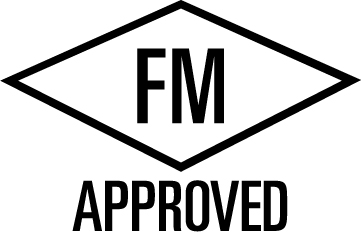
AEROFLEX®-EP
Sheet & Roll
AEROFLEX EPDM Sheet & Roll insulation for projects that require FM Approval.
Sheet & roll for insulating ducts, large piping, and equipment.
Also available in Self-Seal and Standard Unslit tubes..
Applications of Sheet Insulation
Sheet insulation is used in a wide range of industries, including HVAC, refrigeration, and industrial processing. It is a cost-effective way to improve energy efficiency and reduce energy costs. Sheet insulation is particularly useful for insulating large equipment and infrastructure, such as pipes, tanks, and vessels. By reducing heat transfer and preventing thermal loss, sheet insulation can help maintain optimal operating conditions and prolong the lifespan of equipment.
Closed cell elastomeric insulation is available in sheet (4’x3’) and roll (4’ width) formats which offer versatility with insulating large and irregular surfaces. Common applications include the following:
- Large pipes
- Equipment: pumps, strainers, flanges, valves and couplings
- Tanks, vessels and spheres
Typical mechanical systems that may require sheet & roll insulation include:
- Pipe insulation
- Duct insulation
- Plumbing equipment insulation
- Chilled water insulation
- Refrigeration pipe insulation
- HVAC pipe insulation
- Plumbing pipe insulation
- UV resistant refrigerant line insulation
- Plenum rated insulation
- HVAC refrigerant pipe insulation
- AC refrigerant line pipe insulation
- HVAC refrigerant line insulation
- AC return line insulation
Sheet & roll insulation is typically available in thicknesses ranging from ¼” to 2” thick to meet energy codes. Installation options include using standard sheets & rolls with the manufacturer’s recommended contact adhesive or a pressure-sensitive adhesive (PSA) back. Although PSA is a more expensive material alternative, it can save time and labor.
It’s important to note that all adjoining seams of sheet & roll insulation must be bonded and sealed with the manufacturer’s recommended contact adhesive to provide a vapor seal at all seams.
Types of Sheet Insulation
AEROFLEX® sheet and roll insulation is available in a variety of formulations, each with its unique properties and benefits. The most common type is closed-cell elastomeric foam, which is made from a proprietary blend of EPDM rubber. This type of insulation is known for its durability, flexibility, and resistance to water, moisture, and UV radiation.Another type of sheet insulation is aerogel, which is a high-performance material that offers excellent thermal insulation properties. Aerogel is an ideal choice for applications where space is limited, such as in aerospace or transportation industries. It is also suitable for extreme temperatures and harsh environments.
Advantages of EPDM Rubber
EPDM rubber is a popular choice for sheet insulation due to its superior performance and durability. It is a synthetic rubber that is resistant to weathering and aging, making it an ideal material for outdoor installations. EPDM rubber is also recyclable and eco-friendly, making it a sustainable choice for insulation.EPDM rubber provides better insulation performance compared to other materials, such as polyethylene foam or fiberglass. It has a low thermal conductivity, meaning it can effectively prevent heat transfer and maintain optimal operating conditions. EPDM rubber also has a high resistance to moisture, making it ideal for use in humid or wet environments.
Installation and Maintenance
Proper installation and maintenance of sheet insulation are critical to ensuring its long-term performance and reliability. Before installing sheet insulation, the surface must be cleaned and prepared to ensure optimal adhesion. AEROFLEX® sheet and roll insulation comes with a pressure-sensitive adhesive (PSA) back, making it easy to install and ensure a secure bond.Regular maintenance of sheet insulation involves cleaning and inspecting for any signs of wear or damage. It is important to keep the insulation dry and prevent any accumulation of moisture, as this can reduce its effectiveness. Damaged or worn insulation should be replaced promptly to ensure optimal performance.
Cost and Value
Sheet insulation is a cost-effective way to improve energy efficiency and reduce energy costs. The cost of sheet insulation varies depending on the application and formulation, but it is generally less expensive than other types of insulation materials, such as spray foam or rigid board insulation.
Sheet insulation provides long-term value by improving energy efficiency, reducing maintenance costs, and extending the lifespan of equipment and infrastructure. Many companies have seen significant cost savings and ROI by using AEROFLEX® sheet and roll insulation. By investing in high-quality insulation, companies can improve their bottom line and reduce their environmental impact.
Conclusion
Sheet insulation is an important component of many industrial and commercial applications. AEROFLEX® sheet and roll insulation is a reliable and effective solution for insulation needs, with a variety of formulations and superior performance. By choosing the right type of sheet insulation and ensuring proper installation and maintenance, companies can improve energy efficiency, reduce costs, and prolong the lifespan of their equipment.For more installation-related details, please reference Aeroflex USA’s Installation Guide.




